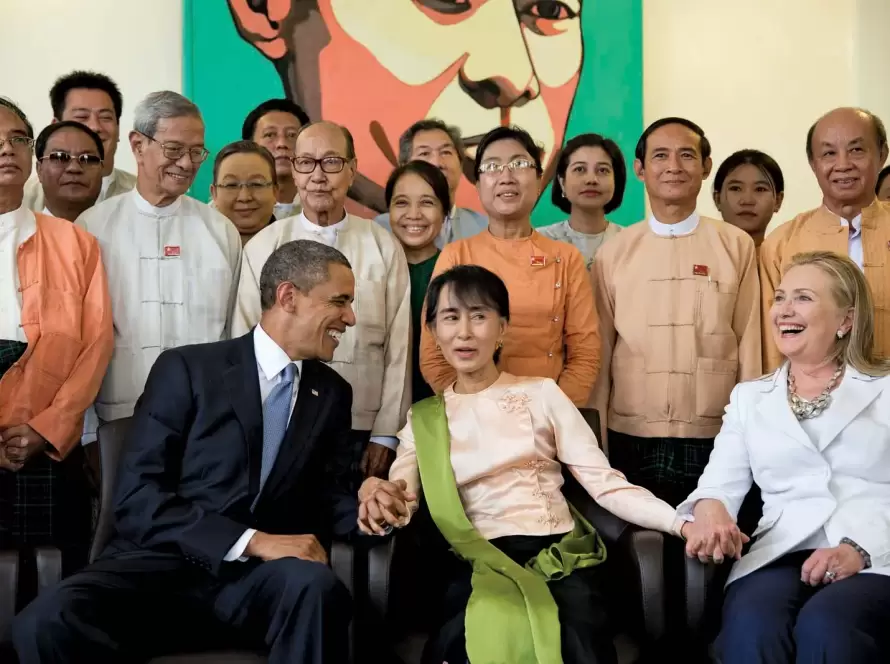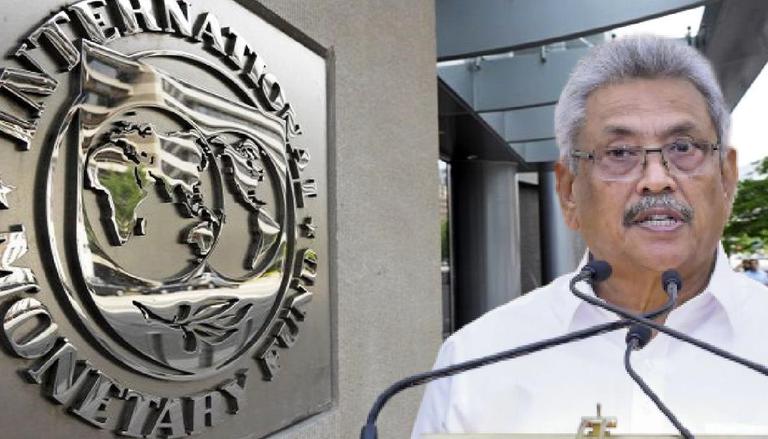By Kusum Wijetilleke
Following the first Sino-Japanese war in 1895, the Qing Dynasty ceded the island of Taiwan, creating Imperial Japan’s first colony. The Japanese had planned to create what it called a “model” colony, to showcase the benefits of “Japanization.” Roads and infrastructure were developed, as well as sanitation systems and a network of public health clinics. Japan would also implement compulsory primary education (restricting secondary education to nationals). Thus, despite the well documented trappings of colonialism, the Japanese laid an important foundation for human development and economic growth in Taiwan.
Further, following World War II, at the height of the Allied occupation of Japan in the late 1940s, major land reforms were enacted based on the Japanese government’s own plans. The Taiwanese followed a similar set of reforms, based on a joint US-Taiwanese Commission which built an agricultural base for the development of Taiwan’s economy.
Taiwan also benefited greatly from US foreign policy and strategic considerations. The Chinese Nationalist Party or Kuomintang (KMT) had close connections to the United States, President Franklin Roosevelt had been nurturing a partnership with Chiang Kai Shek, the leader of the KMT, to connect the vast economic potential of China to the West. In the aftermath of the Chinese Communist revolution, thus, a popular phrase arose in the American foreign policy discourse: the “loss of China.”
Between the early 1950s and the mid-1980s, the United States, mainly through USAID, made significant investments in infrastructure, industry and communications technology as well as on country’s longstanding education system. Investments accelerated in the 1980s after the US and the United Nations switched its recognition to the People’s Republic of China while the US and Taiwan signed the Taiwan Relations Act of 1979 laying out provisions for future US diplomacy and relations with Taiwan. Its contents assured Taiwan of US military protection; to “provide Taiwan with arms of a defensive character.”
Thus, with a solid foundation laid by Japan and the US as well as by the Kuomintang leader Chiang Kai-Shek, the “Taiwan Miracle” was about to begin and to unravel. Liberalization of markets began in the 1970s with the objective to stimulate exports and attract foreign capital and companies. State planning and support, an educated workforce, physical and technological infrastructure as well as low labour costs and a lack of environmental protections led to major Japanese and American investments.
It is important to note that such foreign investments were supplemented by Taiwan’s own small and medium industries, owned by families and entrepreneurs and developed by the Government of Taiwan through small loans and subsidies. These family owned and run businesses began with structures similar to cooperative societies and would be crucial in developing a strong local middle class and a dynamic industrial base owned by Taiwanese.
Throughout the 1970s and 80s, the Taiwanese economy would develop into a high-technology manufacturing hub, with companies now supplying components for some of the world’s largest companies; Taiwan had become one of the storied “Asian Tigers” alongside Singapore, Hong Kong and South Korea.
China’s relationship with Taiwan mirrors the Russian-Ukranian dynamic. In both instances, a much larger and more powerful state exists near a smaller “breakaway” nation with shared language, culture and societal links. Both smaller states were once part of larger empires and now exist in a state of political contestation with their larger neighbors.
Of course, despite Ukraine’s previous position as one of the crown jewels in the Soviet Union and its importance as a key supplier of corn and wheat, it cannot compete with Taiwan’s importance in the global manufacturing and technology supply chain. Taiwan is home to one of the world’s largest companies, the Taiwan Semiconductor Manufacturing Company (TSMC) which manufactures advanced semiconductors, used in almost everything that has a computer. Over 50% of Chinese demand for semiconductors is met by Taiwanese companies, with US companies being even more reliant on TSMC and similar conglomerates.
Despite significant investment into semiconductor manufacturing and research by Chinese companies, semiconductor technology in Taiwan remains around five years ahead of Chinese technology. The US Congress recently passed the “Chips Act” which provides US microchip companies with subsidies worth USD 50 billion over a five-year period, even inviting foreign companies to set up factories in the US. For instance, TSMC will set up a manufacturing plant in Arizona by 2024.
China is the world’s major manufacturing hub with a significant portion of its trade connecting to global supply chains through its 14,000 kilometer long eastern and south-eastern coastline. This coastline is immensely important to the Chinese economy, but the dynamic is complicated by many thousands of islands, varying in size which complicate maritime navigation to and from this vast coastline
These islands include the Japanese Ryukyu, Borneo and Sumatra, as well as the Philippines and of course Taiwan: all containing or including a significant US footprint. This “Island Chain” was initially utilized as a defensive shield for the US Western coastline and would later become an effective counter defense against potential Chinese invasions from the West Pacific, forming a containment strategy called the “Island Defence Chain”, as envisaged by the US diplomat and Secretary of State John Foster Dulles.
Taiwan remains a crown jewel in this containment strategy. It is located right at the centre of China’s immense coastline, potentially becoming a chokepoint for China’s global trade machine. Quite apart from historic ties, this is a key rationale for China’s continuing stance on Taiwan; leveraging such a “jewel” in the Island Defense Chain would give China control a key outpost from which to enter the west Pacific Ocean.
The busy shipping lanes of the Pacific and the supply chains that feed the Chinese economy are critical to the global economic engine. In many ways, the importance of Taiwanese production to the global trade has shielded the island nation from further Chinese intrusion. President Xi Jingping has consistently reaffirmed his desire to complete the “reunification” of Taiwan and China; thus, in the modern geopolitical context, Taiwan represents a significant intersection between national security, economic interests and historic enmity, making it possibly the most strategically important island of the 21st century.
Kusum Wijetilleke has over a decade of experience in the banking sector, having completed a degree in accounting and finance. He has also completed a Master’s in International Relations and is reading for a PhD at the University of Colombo. He is a freelance writer and researcher, and can be reached on email (kusumw@gmail.com) and Twitter (@kusumw)
Factum is an Asia-focused think tank on International Relations, Tech Cooperation and Strategic Communications based in Sri Lanka accessible via www.factum.lk


